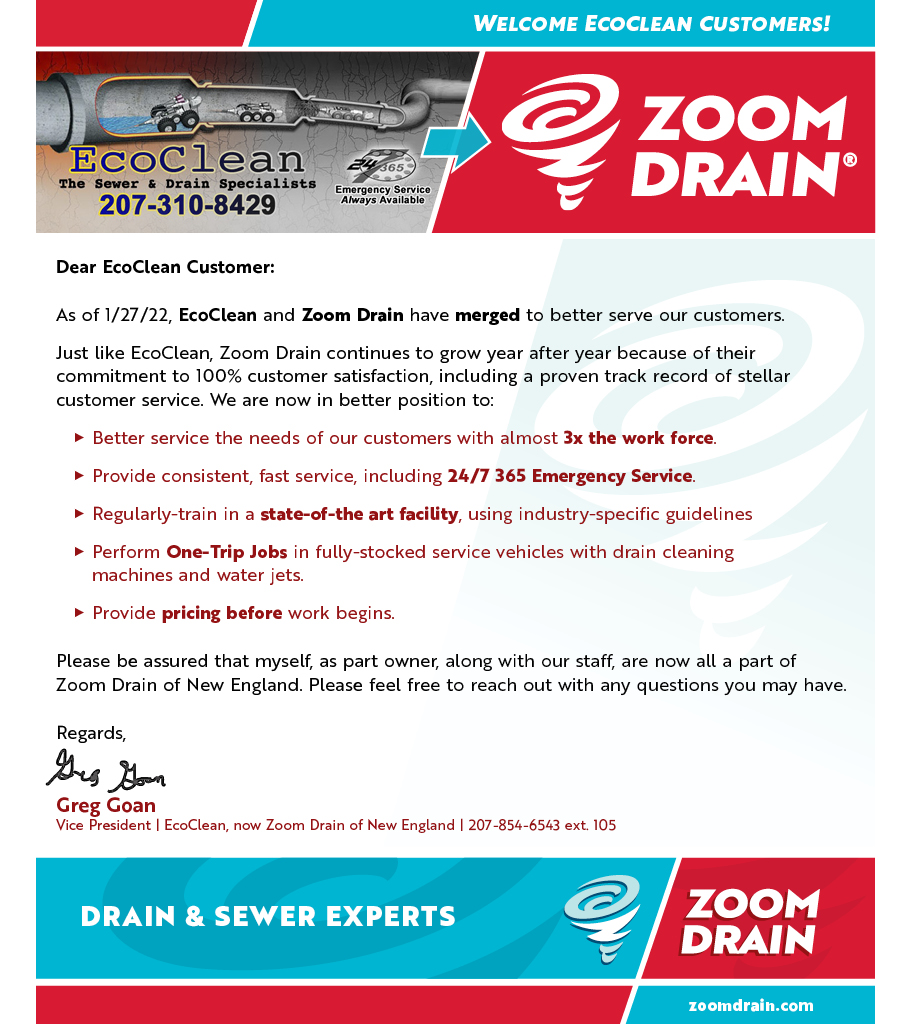Plumbing systems don’t last forever, as pipes will eventually wear out. The process of replacing old, worn-out pipes is known as repiping and it is a task that all homeowners will likely need to have performed at some point.
Here are some signs that could indicate that your home (or business) needs to be repiped:
• Your home is older than 50-years-old. Galvanized steel used to be the primary material used in plumbing systems up until the mid-twentieth century. If your pipes haven’t been replaced since the house was built, the pipes could be starting to corrode and need replacing.
• Discolored water. If the water coming out of your faucet has a reddish or brown tinge to it, it’s a sign that your pipes could be rusting, and the water is likely contaminated – and no longer safe to drink.
• Strange taste or smell. Even if the water looks normal, if it has an unusual odor or taste, it means your pipes may contain rust or mold – contaminating the water.
• Low water pressure. If water pressure is starting to slow down it could point to a variety of issues, including mineral buildup or leaks. Reduced water pressure is not only inconvenient, it could also lead to dangerous rust or mold developing.
• Pipe leaks. While an occasional, isolated leak is normal in pipes, if they are occurring frequently, or your pipes are backing up, it could be a sign that the entire plumbing system needs to be replaced.
If you notice one or all of these issues at your home, it’s time to call the experts at EcoClean. We can inspect your pipes and determine what the issue is, and whether a repiping may be required.
Trenchless Sewer Repair with Repiping
Traditionally, replacing sewer pipes could be costly and time-consuming. It required sewer technicians to excavate a long, deep trench or trenches in a homeowner’s yard, remove the old pipes and install new ones. On the other hand, trenchless sewer repair eliminates this with the use of repiping, which uses specialized equipment to repair or replace damaged portions of sewer pipes. There is no need to dig up a homeowner’s property, and most projects are completed in a day.
There are two common types of trenchless sewer line replacement: pipe lining and pipe bursting. Pipe liners are made from a resin-coated flexible tube that is inserted into the broken pipe and then inflated. Once the resin hardens, it creates a new plastic pipe inside the damaged pipe, which is joint-less and resistant to corrosion. If the old pipe is too damaged for a pipe liner, pipe bursting is another trenchless sewer repair option. This involves using a steel cable to insert a new pipe through the damaged pipe, which also breaks up the damaged pipe in the process.
If you have any questions about repiping, sewer line replacement, drains, or other plumbing issues, the trained team at EcoClean can help. Give us a call to schedule a consultation today!


